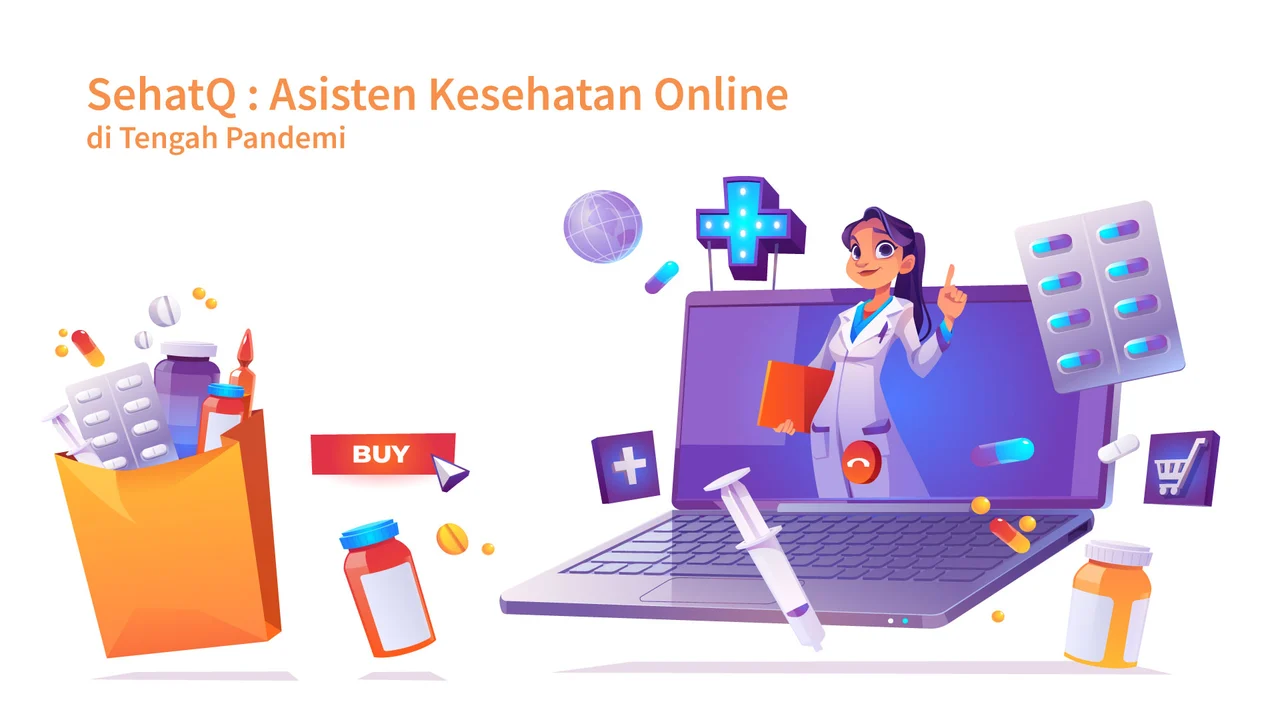Online Pharmacy Review: How to Spot Safe and Reliable Pharmacies
Shopping for meds on the internet feels like a shortcut, but not every site is legit. You might have seen ads for cheap painkillers or “no‑prescription” antibiotics and wondered if they’re real. The good news is you can protect yourself without becoming a detective. Below are the core things to check, quick tips for safe buying, and a few real‑world examples you’ll likely run into.
What makes an online pharmacy trustworthy?
First, look for a valid pharmacy license. In Australia, the website should display a Pharmacy Board registration number or a .pharmacy domain. If you can’t find any credential, walk away. Next, a real pharmacist should be reachable for questions – a live chat or a phone line with a name is a strong sign of legitimacy.
Prescription requirements are another red flag. Legit sites will ask for a copy of your doctor’s script, either uploaded or faxed. Anything that promises “no prescription needed” for prescription‑only drugs is almost always a scam.
Shipping policies also matter. Reliable pharmacies use tracked delivery, keep your data private, and offer a clear return or refund process. If the checkout page looks like a pop‑up from an unknown payment gateway, that’s a warning sign.
Top tips for safe buying online
1. Check reviews from multiple sources. Look beyond the site’s own testimonials. Independent forums, the Better Business Bureau, or consumer watchdogs can give a clearer picture. A pattern of delayed shipping or unexpected charges is a red flag.
2. Compare prices, but not at the expense of safety. Very low prices can mean counterfeit medicine. Use a price‑comparison chart – for example, compare the cost of Rizatriptan on a vetted Australian pharmacy versus a shady overseas site. If the price is dramatically lower, consider it suspect.
3. Use telehealth services when needed. Some reputable pharmacies, like khealth.com, partner with licensed doctors to issue electronic prescriptions. This keeps the process legal and minimizes the risk of getting the wrong dosage.
4. Look for secure website indicators. A URL that starts with https:// and a lock icon signal encrypted data transfer. This doesn’t guarantee safety, but it’s a basic requirement.
5. Beware of “cold‑chain” claims unless verified. Specialty meds like insulin need temperature‑controlled shipping. Only pharmacies that clearly explain their cold‑chain process and provide tracking should be trusted for these products.
6. Keep a copy of every transaction. Save emails, receipts, and prescription copies. If something goes wrong, having a paper trail speeds up resolution and protects you from fraud.
7. Know your local regulations. In Australia, the Therapeutic Goods Administration (TGA) oversees online drug sales. A quick search for the pharmacy’s name on the TGA website can confirm if it’s listed.
By following these steps, you’ll reduce the chances of ending up with counterfeit pills, delayed shipments, or a busted bank account. Remember, the cheapest option isn’t always the best – your health is worth a little extra effort.
Now that you know what to look for, you can browse with confidence. Whether you need a migraine medication like Rizatriptan, an antibiotic such as Flagyl, or a daily heart pill like Plavix, the right online pharmacy will respect your prescription, protect your data, and deliver on time.
Stay safe, shop smart, and keep your health on track.
Review for online drug store store drugstoreltd.com
Hi there, folks! As part of our ongoing series on online pharmacies, I've been experimenting with drugstoreltd.com. This in-depth review will give you the lowdown on their range of medications, their efficiency, and customer service. It's a must-read if you're contemplating ordering your medications online!
- 13
- Read More
